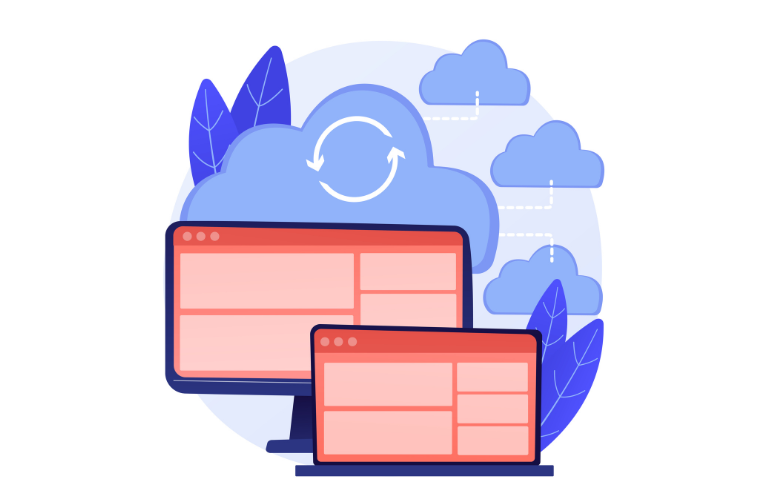Table of Contents
Is Learning LangChain Worth?
In today’s tech world, frameworks like LangChain are a must have. LangChain is a tool for developers working with advanced language models like GPT-4 or Claude. It simplifies complex AI tasks so it’s perfect for anyone getting into AI app development.
So is learning LangChain worth it? Yes! As businesses adopt AI more and more, knowing frameworks like LangChain will make you a superhero.
What is LangChain?
LangChain is a framework to build AI apps, mainly with language models. It’s native to Python but can work with other languages like PHP. So it’s a good choice for developers in hybrid environments.
In short, LangChain is a bridge to let developers work more with language models by providing the tools and abstractions.
Setting Up Your Development Environment
Before diving into coding, ensure your setup is ready for smooth development.
Prerequisites
- PHP: Version 7.4 or higher
- Python: Version 3.8 or higher
- Basic knowledge of PHP and Python
- A reliable code editor (e.g., VS Code, PHPStorm)
Initial Setup Steps
- Install Python and PHP on your machine.
2. Install LangChain with the following command:
pip install langchain3. Set up a local server using tools like XAMPP, WAMP, or MAMP.
4. Organize your project directory structure as follows:
project/
├── php/
│ ├── index.php
│ └── handlers/
│ └── langchain_handler.php
└── python/
└── langchain_processor.pyThis structure separates the PHP and Python components for better organization and maintainability.
Method 1: Direct Python Integration
One straightforward way to integrate LangChain with PHP is through direct execution of Python scripts.
PHP Code for Direct Python Integration
Create a PHP handler to invoke your Python script:
// langchain_handler.php
<?php
class LangChainHandler {
private $pythonScript;
public function __construct() {
$this->pythonScript = dirname(__DIR__) . '/python/langchain_processor.py';
}
public function processRequest($input) {
$sanitizedInput = escapeshellarg($input);
$command = "python3 {$this->pythonScript} {$sanitizedInput}";
exec($command, $output, $returnCode);
if ($returnCode !== 0) {
throw new Exception('Failed to process LangChain request');
}
return implode("\n", $output);
}
}
?>Python Code for LangChain Processing
Here’s the corresponding Python script:
# langchain_processor.py
from langchain import PromptTemplate, LLMChain
from langchain.llms import OpenAI
import sys
def process_input(user_input):
# Initialize the language model
llm = OpenAI(temperature=0.7)
# Create a prompt template
template = """
Question: {question}
Answer: Let's think about this step by step:
"""
prompt = PromptTemplate(template=template, input_variables=["question"])
# Create the chain
chain = LLMChain(llm=llm, prompt=prompt)
# Run the chain
response = chain.run(question=user_input)
return response
if __name__ == "__main__":
user_input = sys.argv[1]
result = process_input(user_input)
print(result)How It Works
- The PHP script passes user input to the Python script using the exec() function.
- The Python script processes the input using LangChain and returns the result to PHP.
- The output is displayed or further processed in the PHP application.
Method 2: REST API Approach
For more scalable applications, implementing a REST API with Python is a recommended approach.
Python Code for REST API
Use Flask to expose LangChain functionality as an API:
# app.py
from flask import Flask, request, jsonify
from langchain import PromptTemplate, LLMChain
from langchain.llms import OpenAI
app = Flask(__name__)
@app.route('/process', methods=['POST'])
def process():
data = request.json
input_text = data.get('input', '')
llm = OpenAI(temperature=0.7)
template = """
Question: {question}
Answer: Let's think about this step by step:
"""
prompt = PromptTemplate(template=template, input_variables=["question"])
chain = LLMChain(llm=llm, prompt=prompt)
response = chain.run(question=input_text)
return jsonify({'response': response})
if __name__ == '__main__':
app.run(port=5000)PHP Code to Interact with the API
Make HTTP POST requests from PHP to the Flask API:
// api_handler.php
<?php
function callLangChainAPI($input) {
$url = 'http://localhost:5000/process';
$data = json_encode(['input' => $input]);
$ch = curl_init($url);
curl_setopt_array($ch, [
CURLOPT_POST => true,
CURLOPT_POSTFIELDS => $data,
CURLOPT_RETURNTRANSFER => true,
CURLOPT_HTTPHEADER => [
'Content-Type: application/json',
'Content-Length: ' . strlen($data)
]
]);
$response = curl_exec($ch);
curl_close($ch);
return json_decode($response, true);
}
?>Best Practices and Tips
1. Error Handling
Always implement robust error handling in both PHP and Python to ensure a seamless user experience:
try {
$result = $langchain->processRequest($input);
} catch (Exception $e) {
error_log("LangChain Error: " . $e->getMessage());
// Provide a user-friendly error message
}2. Input Validation
Validate user inputs to prevent issues:
function validateInput($input) {
if (empty($input)) {
throw new InvalidArgumentException('Input cannot be empty');
}
return trim($input);
}3. Security Considerations
- Use environment variables for sensitive data such as API keys.
- Sanitize all user inputs to prevent command injection or other security vulnerabilities.
Common Use Cases for LangChain Integration
- Chatbots: Build interactive, AI-driven chat interfaces.
- Content Generation: Automate blog posts, product descriptions, and more.
- Data Analysis: Extract insights from large datasets.
- Document Summarization: Quickly summarize lengthy documents.
Conclusion
Implementing LangChain with PHP opens up a world of opportunities to leverage AI in your applications. Whether you’re integrating directly or using a REST API, the combination of PHP and LangChain enables robust, scalable AI solutions.
With proper error handling, security measures, and a focus on best practices, you can confidently build cutting-edge tools powered by advanced language models.
Ready to dive into LangChain development? Let’s get started!




